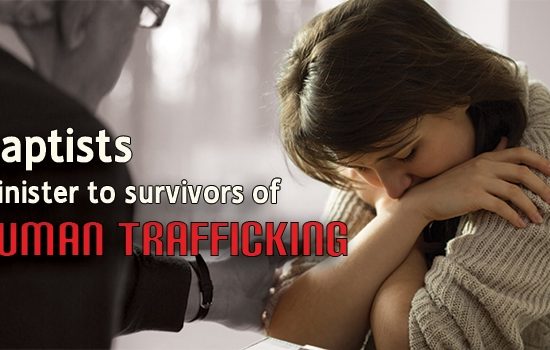

Pixabay
“Transnational human trafficking” is often the focus in efforts to end modern-day slavery, while trafficking within nations is overlooked, according to the U.S. State Department’s 2019 Trafficking in Persons (TIP) report published June 20.
An estimated 24.9 million persons are currently enslaved in sex or labor trafficking worldwide, and a majority of victims are exploited and trafficked within their nation’s borders.
“Governments are reluctant to address human trafficking when it happens at home,” John Cotton Richmond, U.S. ambassador-at-large to monitor and combat trafficking in persons, said in the report’s preface.
“In effect, they are turning a blind eye to those traffickers who exploit their own citizens, neglecting to apply their own domestic laws regarding human trafficking, and sometimes even allowing harmful cultural norms and practices to thrive.”
There are exceptions. Sex-trafficking victims are more likely to be moved across national borders, and the regions of central Europe, western Europe, the Middle East and parts of east Asia have higher percentages of transnational trafficking victims.
Yet, some estimates place the number of victims trafficked within the borders of their nation of origin or residence as high as 77%.
“This spotlight is not intended to suggest that transnational human trafficking is not also important, or that the many other forms of trafficking that may go unaddressed due to similar oversight are of lesser consequence, but rather to call on governments to ensure they are addressing all forms of human trafficking and finding a balanced approach,” the report said.
“It is easier to look outward and call on other governments to act; it takes much more resolution and political will for governments to look inward and stop traffickers, including their own citizens, from exploiting victims who have not crossed an international border.”
Nations are categorized into four tiers within the report based on the State Department’s assessment of efforts to align with the Trafficking Victims Protection Act (TVPA).
Tier 1 is for nations that meet TVPA minimum standards. For 2019, 33 nations were designated as tier 1, down from 43 in 2018.
There were 93 nations designated tier 2 for 2019, up from 81 last year. Tier 2 is for countries that do not meet TVPA minimum standards but have made substantial efforts to do so.
Tier 2 Watch List is for nations not meeting minimum standards and seeing an increase in trafficking and lacking sufficient documentation of its efforts to curb trafficking. There were 38 nations on the watch list for 2019, down from 43 in 2018.
Finally, 22 nations were classified as tier 3, denoting a country not meeting minimum standards and not making any effort to achieve them. This is down from 23 nations designated tier 3 last year.
Libya, Somalia and Yemen were listed as special cases due to significantly impaired governmental functions resulting from ongoing conflict and humanitarian crises.
“No tier ranking is permanent,” the report explained. “Every country, including the United States, can do more. All countries must maintain and continually increase efforts to combat trafficking.”
Actions recommended in the report to address trafficking within national borders include:
- Increasing education regarding the identification of trafficking victims.
- Coordinating and collaborating anti-trafficking efforts between government agencies, nonprofit organizations / ministries and for-profit companies.
- Engaging cultural and religious leaders to better understand traditions and practices exploited by traffickers to control and manipulate victims.
- Helping local communities not only to recognize exploitation in their midst, but also understand tangible ways they can help expose and eliminate trafficking.
The full report is available here.
This article originally appeared on EthicsDaily.com.


